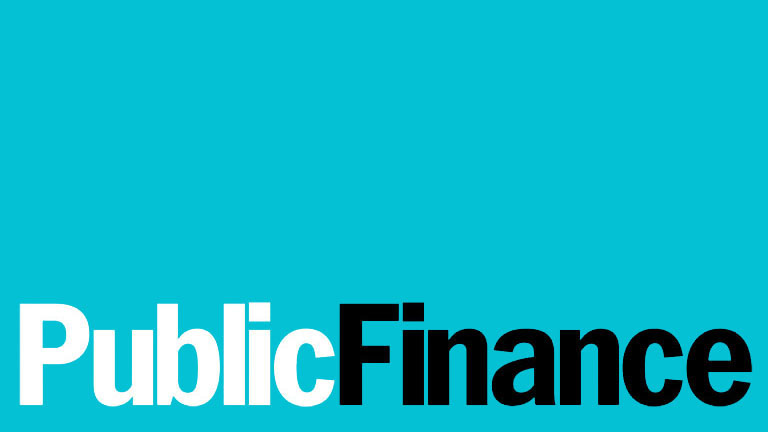The review of university top-up tuition fees – due to start by December at the latest – will no doubt look overseas for some guidance.
Perhaps before ministers and vice-chancellors book flights for far-flung corners of the globe to conduct field research, they could undertake some desk-based analysis using the latest edition of Education at a glance, the OECD’s somewhat optimistically titled annual international survey of the costs and outcomes of education, which is published today.
I say optimistic, because it is hard to see how this 470-page tome is a mere glance at education. Anyway, the OECD will tell them that, as one might expect, the big spenders are headed by the US.
Annual expenditure per full-time equivalent student there (excluding spending on research and development) was $22,384 in 2006. This was streets ahead of the nearest rival, Switzerland, where the outlay per head was $12,783 (figures calculated using purchasing power parity). In seventh place was the UK, at $9,714, some way ahead of oft-quoted economic rivals France ($8,016) and Germany ($7,996).
But where does all that money come from? In the UK, in 2006 – the first year of the top-up fee regime – 65% was from public sources, compared with 67% the preceding year. In the US, the proportions are reversed, with only 34% of expenditure coming from the public purse. At the moment, the UK comes somewhere between the extremes of the public-private funding mix, ranging from 97% public funding in Norway to 23% in Korea. Looked at another way, while public spending on higher education in the UK is 0.9% of gross domestic product, and private is 0.4%, in the USA it is 1% and 1.9% respectively.
At the moment, public spending on the UK is slightly behind the OECD average as a share of GDP. In the most generous of countries – Denmark and Finland – public spending on universities is 1.6% of GDP. The Japanese are the meanest, with the government only contributing 0.5% of GDP for HE.
So will the outcome of the top-up debate see the UK move more towards the Scandinavian model, or to the American/Japanese/Korean model? A lot of the heat could be taken out of the debate if Gordon Brown brought public spending in the UK up to and slightly over OECD average levels. But the recession makes that less likely than it was during the run-up to the introduction of top-ups. I have a feeling that the US and the Far East will be more popular destinations for fact-finding trips than Scandinavia.









